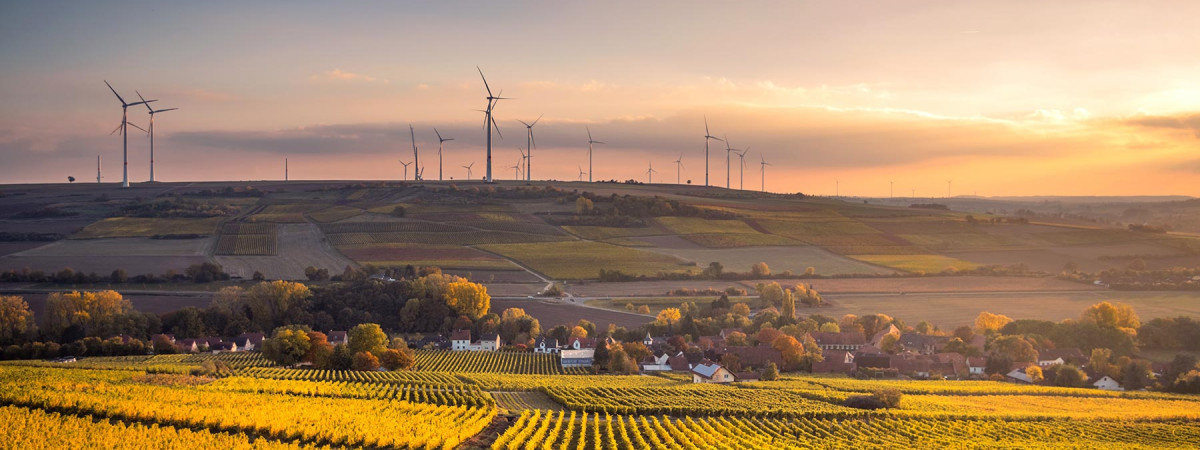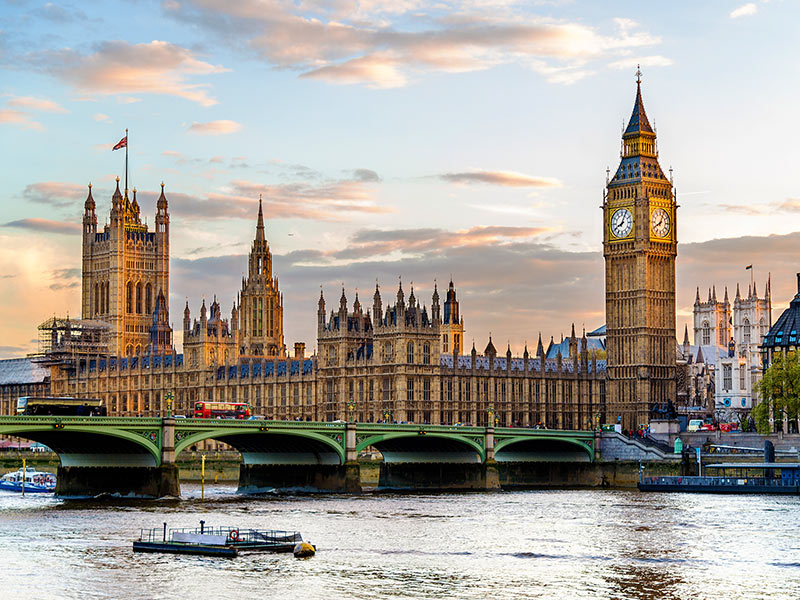
Photo: Karsten Würth
Authors
-

Manager, Transformation, BSR
-
Maria Troya
Former Manager, Climate Change, BSR
-

Director, Transformation, BSR
Key Points
- BSR’s new climate scenarios enable both qualitative and quantitative exploration of three emissions trajectories and their cascading impacts on the business environment.
- The scenarios are a tool to enhance organizational resilience by enabling strategic conversations on climate impacts, opportunities, and risks.
- Comprehensive narratives allow cross-functional groups to better digest different plausible future scenarios and understand the wide-ranging impacts of climate change.
The climate crisis is one of the most pressing challenges facing business today, creating significant new risks and opportunities. It requires both business strategies that are resilient to climate risk and disclosure of climate-related information that meets investor expectations, such as those prescribed by the Task Force on Climate-Related Financial Disclosures (TCFD).
Scenario analysis is a well-established methodology that is widely used in different sectors. It’s a powerful tool to explore multiple possibilities in conditions of uncertainty and ultimately helps develop resilient business strategies. The TCFD has embraced climate scenario analysis as an important tool enabling businesses to identify and disclose climate-related risks and opportunities under a wide range of plausible futures.
Companies looking to undertake climate scenario analysis can choose among several different climate scenarios, with various strengths and weaknesses. To date, most of these climate scenarios have not been purpose-built for corporate climate scenario analysis, and business has had to cobble together scenarios from various sets to assess both physical and transition risks. Furthermore, most of these scenarios have been narrowly focused on the physical impacts of climate change without providing any detail on how the broader sociopolitical context might change and impact business.
To fill these gaps, BSR has developed three extended climate scenario narratives built upon the Network for Greening the Financial System (NGFS) climate scenarios and corresponding datasets. The three scenarios each present different emissions trajectories, which define their warming potential and associated transition and physical impact risks. They cover both physical and transition risks in a single, integrated scenario set, using the same assumptions and data.
BSR has further enhanced the NGFS scenarios by building extended narratives using trend analysis and forecasting on how a range of business-relevant topics—such as technology and social impacts—could play out in the coming decades. This is important because climate impacts and risk are not happening in a vacuum. The operating environment for sustainable business is being radically transformed by diverse and complex interacting forces driven by the climate crisis and by other macro-level developments, such as geopolitical conflict and technological innovation. Understanding plausible ways in which system-wide changes might unfold is key to making more informed business decisions.
Using Scenarios for Strategic Conversations
A strategy that is predicated on only one projection of what the future will hold is highly vulnerable to unforeseen changes. Scenario planning is a way of considering a multiplicity of plausible future developments. It enables companies to stress test and refine their strategy to make it more likely to succeed across the full range of plausible futures.
The BSR climate scenarios support both a qualitative and quantitative approach to scenario analysis. The extended narratives on a range of business-relevant topics enable organizations to explore the cascading impacts of climate change on their business, their stakeholders, and society. At the same time, the scenarios are accompanied by climate impact data that companies can explore to quantify impacts relevant to their organization, sector, and economy.
Of course, the most important insights are to be found when using climate scenarios to identify climate-related risks and opportunities specific to your own business and uncover any strategic moves to position your business to thrive across all scenarios. Be sure to give equal consideration to all three scenarios rather than trying to choose “the most likely” scenario. History is full of unlikely scenarios causing great disruption, and scenario analysis provides an important opportunity to ask “what if” questions.
The Scenarios in Action
BSR is working with companies across sectors to undertake climate scenario analysis. Through workshops, cross-functional groups explore each scenario, identify climate-related risks and opportunities that arise from changing operating contexts, and discuss how to mitigate risks and build strategic resilience. In these conversations, companies also explore how market shifts can unlock business opportunities and gain competitive advantage. These insights can then be translated into action planning for the business and useful disclosures for investors and other stakeholders.
Member companies who are participating in climate scenario analysis are finding value in bringing together colleagues to discuss issues outside of their general scope of work, uncovering unforeseen potential impacts on their business, and identifying feasible business interventions to address climate risks and opportunities.
Topics
Let’s talk about how BSR can help you to transform your business and achieve your sustainability goals.

